I regretted one thing when our practice switched from film X-rays to digital X-rays: I wish we had done it sooner. To say that we gained return on our investment is an understatement. It has greatly improved our practice management, the patient experience and overall communication. Our investment has paid off exponentially. More importantly, it is a value-added service that patients may not have experienced previously at other dental offices.
There is simply no way to compare film-based X-rays to digital; it’s like comparing a Honda to a Porsche. If you’re considering the switch to digital for your practice, just take your foot off of the brake and make a leap of faith. Otherwise, you’re likely to be left behind.
Embracing digital
We built our 10,000-square-foot facility, in Watertown, N.Y., in 2000, and shortly after we grew tired of the dip tanks, darkroom and inferior quality of film X-rays. It was time for a change.
While we had computers in all 14 operatories, we had not been utilizing the digital aspect of our practice to its full capacity. We were three-quarters of the way there; we had the back-end systems in place, but were still using film.
We selected Sirona Dental’s intraoral sensors because they offered outstanding images, are easy to use and are durable. These qualities were top of mind for us, as we wanted technology that would enhance the patient experience and be easy for staff to use.
The transition was effortless. The sensors are truly intuitive — simply position and expose — and radiographs are instantly available and stored in dental records. I look back today and wonder why we hadn’t fully embraced digital sooner.
We transformed our darkroom into another operatory and hired a full-time hygienist. The positive effect all this has made on our practice is tremendous.
Helping it click for patients
Switching to digital radiography has truly enhanced our staff’s ability to communicate with patients.
We’re able to show them what’s specifically going on so they better understand our recommendations and options for treatment.
We link a computer monitor to an LCD 32-inch flat-screen TV, so patients can clearly and quickly see their teeth like they never have before. I’m able to enhance images’ contrast and brightness, and add color or other effects to highlight problem areas.
It’s my job to give patients as much information as possible so they feel empowered to make an informed decision for a course of action. Digital radiography helps me do that.
Another benefit of digital radiography is it helps significantly lower radiation exposure. You simply do not need to expose patients to previous levels of radiation to take an adequate image.
Don’t be left behind
For years, our practice had been using film-based X-rays with the typical darkroom setup. The time required to take and process X-rays was oppressive. The time savings digital radiography offers has paid back very quickly because time is not something you can buy; it is intangible.
It also comes down to being better able to share with patients what I’m seeing and educate them on treatment options. Ultimately, I want to help patients clarify their dental goals in a way that creates total understanding.
A digital platform, highlighted by Sirona’s digital intraoral sensors, helps me do that.
This article was published in Dental Tribune Canada Edition, Vol. 8, No. 3, May 2014 issue.
Are your aches and pains progressing to a point that you’re wondering if your days as a dentist, hygienist or assistant might be ending sooner than ...
Three-dimensional diagnostic vision in dental radiography is making waves in dentistry around the world. With multiple indications, we lack clarity with ...
A recent Google search for dental embezzlement articles located approximately 30 articles, many written by some of the “stars” of dental ...
The Canadian Dental Hygienists Association and Public Health Ontario recommend that dental offices stop using hydrogen peroxide as a COVID-19 pre-procedural...
Implant treatment for full-arch fixed restorations has been around for decades now.1–3 The treatment usually involves four to six implants placed in ...
The 2022 Pacific Dental Conference, which is scheduled to take place March 10 to 12, will be an all-virtual event for the second consecutive year, ...
BURNABY, British Columbia, Canada: Digital fabrication in dentistry encompasses new and old technologies—3D printing being in its early stages of ...
When COVID-19 affected the European dental prostheses and digital dentistry markets—including in countries such as Austria, Belgium, France, Germany, ...
Did you know that your wipe’s ability to keep a surface wet is as important as its kill time? Don’t just care about contact time, care about evaporation...
Vancouver, BC, CANADA: According to a new report series by iData Research, the leading global authority in dental market research, the U.S. dental hygiene ...
Live webinar
Mon. 12 January 2026
9:00 AM EST (Toronto)
Prof. Judith Jones D.D.S; M.P.H., Prof. Kakuhiro Fukai D.D.S., Ph.D, Dr. Bathsheba (Bethy) Turton
Live webinar
Wed. 14 January 2026
12:00 PM EST (Toronto)
Dr. Théo Laplane, Dr. Robert Gottlander DDS
Live webinar
Fri. 16 January 2026
12:00 PM EST (Toronto)
Live webinar
Mon. 19 January 2026
1:00 PM EST (Toronto)
Philipp Kopp, Michael Seeber
Live webinar
Thu. 22 January 2026
2:00 PM EST (Toronto)
Dr. Nicola M. Grande DDS, PhD
Live webinar
Wed. 28 January 2026
8:00 AM EST (Toronto)
Live webinar
Wed. 28 January 2026
11:00 AM EST (Toronto)
Prof. Dr. Jan-Frederik Güth



 Austria / Österreich
Austria / Österreich
 Bosnia and Herzegovina / Босна и Херцеговина
Bosnia and Herzegovina / Босна и Херцеговина
 Bulgaria / България
Bulgaria / България
 Croatia / Hrvatska
Croatia / Hrvatska
 Czech Republic & Slovakia / Česká republika & Slovensko
Czech Republic & Slovakia / Česká republika & Slovensko
 France / France
France / France
 Germany / Deutschland
Germany / Deutschland
 Greece / ΕΛΛΑΔΑ
Greece / ΕΛΛΑΔΑ
 Hungary / Hungary
Hungary / Hungary
 Italy / Italia
Italy / Italia
 Netherlands / Nederland
Netherlands / Nederland
 Nordic / Nordic
Nordic / Nordic
 Poland / Polska
Poland / Polska
 Portugal / Portugal
Portugal / Portugal
 Romania & Moldova / România & Moldova
Romania & Moldova / România & Moldova
 Slovenia / Slovenija
Slovenia / Slovenija
 Serbia & Montenegro / Србија и Црна Гора
Serbia & Montenegro / Србија и Црна Гора
 Spain / España
Spain / España
 Switzerland / Schweiz
Switzerland / Schweiz
 Turkey / Türkiye
Turkey / Türkiye
 UK & Ireland / UK & Ireland
UK & Ireland / UK & Ireland
 International / International
International / International
 Brazil / Brasil
Brazil / Brasil
 Latin America / Latinoamérica
Latin America / Latinoamérica
 USA / USA
USA / USA
 China / 中国
China / 中国
 India / भारत गणराज्य
India / भारत गणराज्य
 Pakistan / Pākistān
Pakistan / Pākistān
 Vietnam / Việt Nam
Vietnam / Việt Nam
 ASEAN / ASEAN
ASEAN / ASEAN
 Israel / מְדִינַת יִשְׂרָאֵל
Israel / מְדִינַת יִשְׂרָאֵל
 Algeria, Morocco & Tunisia / الجزائر والمغرب وتونس
Algeria, Morocco & Tunisia / الجزائر والمغرب وتونس
 Middle East / Middle East
Middle East / Middle East
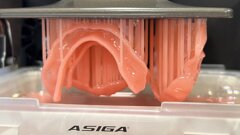

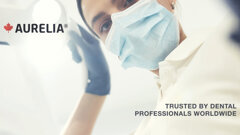

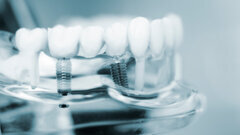






























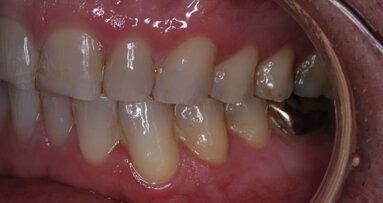


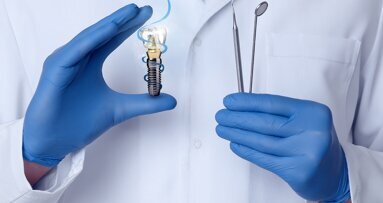

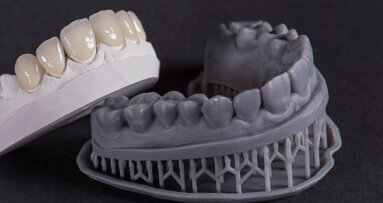
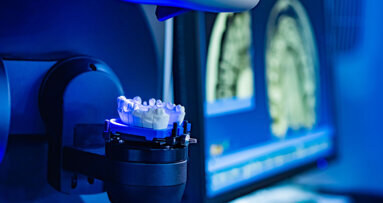
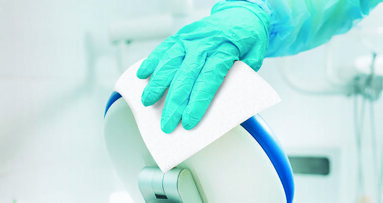
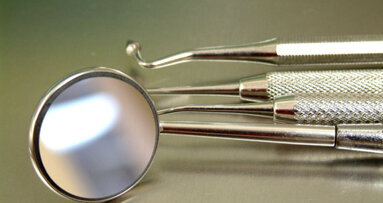










To post a reply please login or register